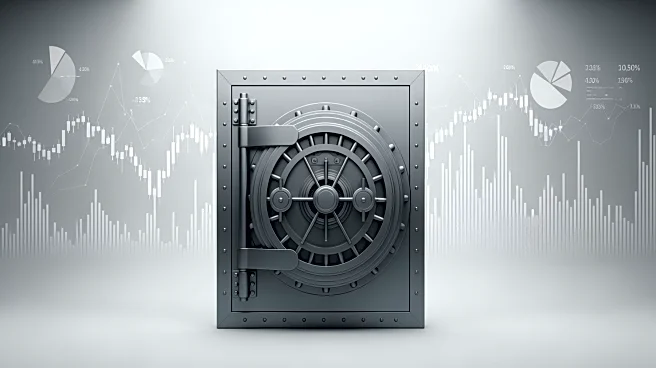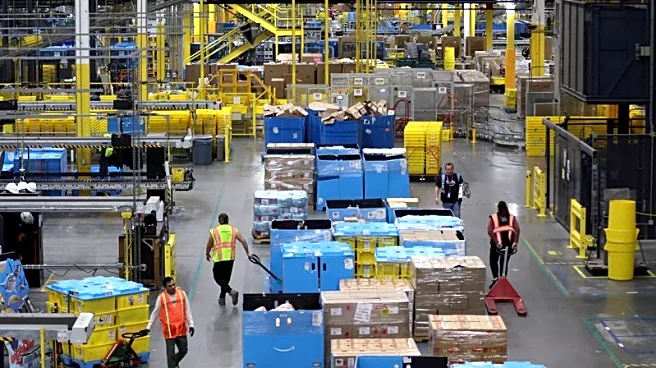What's Happening?
The U.S. retail banking market is the largest in the G7, characterized by a dual structure of a few megabanks and thousands of smaller banks and credit unions. The top four banks—JPMorgan Chase, Bank of America,
Wells Fargo, and Citibank—hold a significant share of assets and deposits. Retail banking contributes a major share of U.S. banking revenue, with consumer loans and deposits forming the backbone of many banks' balance sheets. The industry has seen strong financial performance due to rising interest rates, although regional banks have faced stress, leading to deposit outflows to larger banks. The regulatory environment is heavily structured, with federal and state regulators ensuring bank stability and consumer protection.
Why It's Important?
The concentration of assets among the top banks highlights the competitive nature of the U.S. retail banking market. These banks benefit from economies of scale and expansive product sets, allowing them to maintain profitability. However, the industry faces challenges such as rising interest rates impacting deposit costs and competition from fintech and big tech companies. The regulatory framework aims to ensure stability and consumer confidence, with measures like deposit insurance and stress tests. The shift towards digital banking is significant, with consumers increasingly using mobile apps for financial needs, pushing banks to innovate and offer more digital services.












